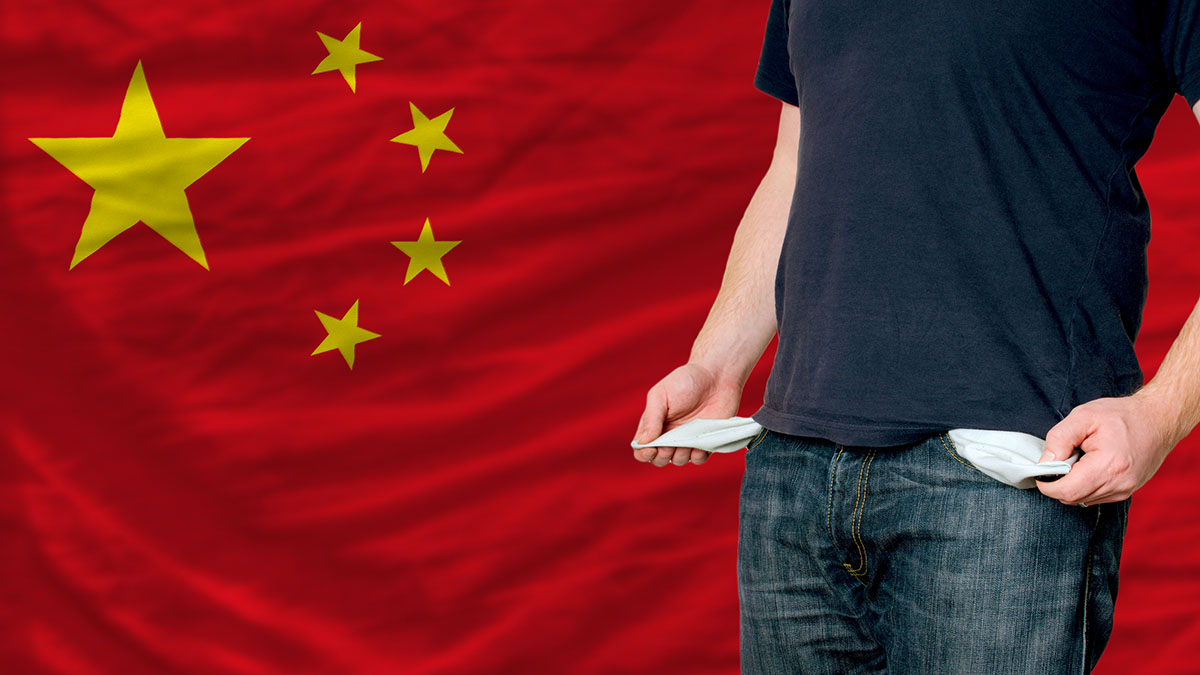Investing in Chinese debt used to be easy. Chinese bonds and loans almost never defaulted and when they did there was almost always a government bailout. Recent years have seen a bunch of precedents set as large companies and then state owned entities were allowed to default and inflict losses on creditors. This month has seen three more state owned entities default, including one that was “AAA” rated. Added to that was the announcement of a full write-off of almost $1 billion of tier 2 (subordinated) bonds issued by Baoshang Bank, a regional lender with $84 billion of assets. The shock of these events has led to a pullback in bond prices and the cancellation of dozens of new issues as investors come to grips with a new paradigm.
Whilst the above mentioned events may have been unexpected for many Chinese investors, they aren’t a surprise for China watchers with a basic credit understanding. One of the best is Dinny McMahon, author of “China’s Great Wall of Debt”. It is a fantastic book detailing the weak foundations of China’s economic boom and how it has managed to avoid an emerging market debt bust so far. I highly recommend Dinny’s book and wrote a review of it in 2019.
Dinny was a guest on a Bloomberg webinar this month and he provided an excellent update on Chinese credit. China’s banks have been increasingly writing down more of their loans, but the pace of the write-downs isn’t sufficient to keep up with the creation of new bad debts. Chinese banks are now hitting several hurdles, with the usual buyers of bad loans near capacity and the ability of the banks to raise additional equity to cover the bad loan losses severely curtailed. Local governments have had to step in to rescue local companies and banks, but this merely passes the problem to a local government entity that is itself likely to end up in financial difficulty.
The default of a AAA rated borrower also isn’t a surprise; the value of ratings from Chinese credit rating agencies has been compared to the value of used toilet paper. One rule of thumb has been that companies rated below AA+ by Chinese rating agencies are of dubious quality, roughly akin to a western credit rating of below BBB- (sub-investment grade). The fact that these two markers of credit quality (AA+ versus BBB-) are eight notches apart speaks volumes of the overt inflation of credit assessments in China. It’s a bit like the “every child wins a prize” mentality creeping into sports and academics in western countries.
Another worrying and reoccurring aspect to Chinese credit is rapid collapses of borrowers following the discovery of systemic fraud. A simple but effective strategy of short sellers has been to check whether a listed company with major operations in China carries on business at its stated locations and whether the amount of traffic flowing in and out is consistent with the revenues booked. Far too often, the offices are empty or occupied by others and traffic levels are nothing like what they should be. This sort of blatant fraud should easily be picked up by the auditors, but the quality of audits conducted in China has long been suspect.
In many ways there’s nothing new here, but this is another reminder that investing in China isn’t something to be taken lightly. Whilst there’s enormous opportunities in a rapidly growing (for now) market there’s also a fundamental lack of developed market investment infrastructure and norms.
For credit investors this is particularly lethal as a handful of rotten apples poisons a whole portfolio. Lenders are increasingly coming under duress from busted companies, governments and bankruptcy proceedings which don’t respect standard lender rights, particularly for foreigners. Whilst China has managed to postpone a credit bust for far longer than other emerging economies, recent developments might be the start of the long overdue reckoning.
